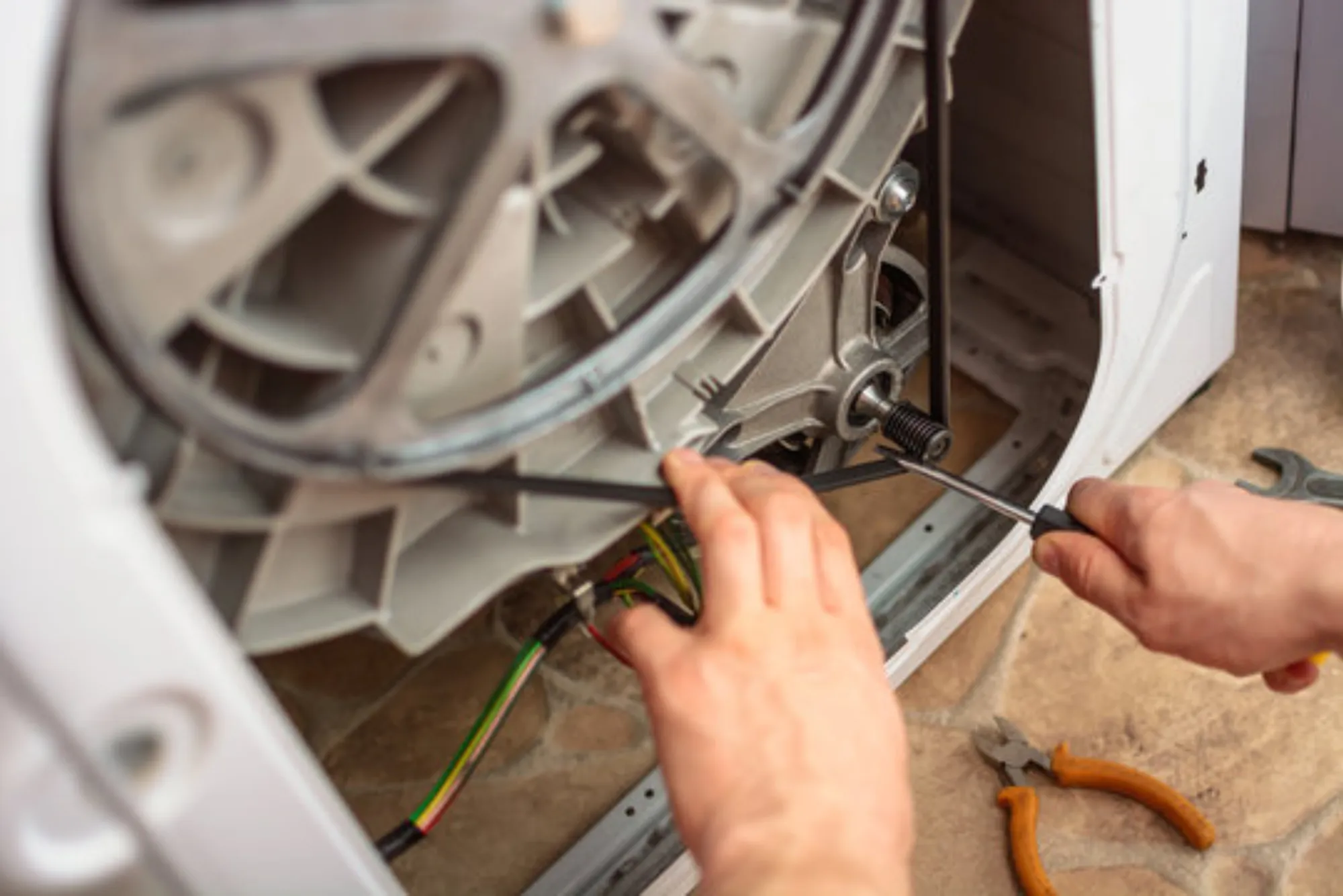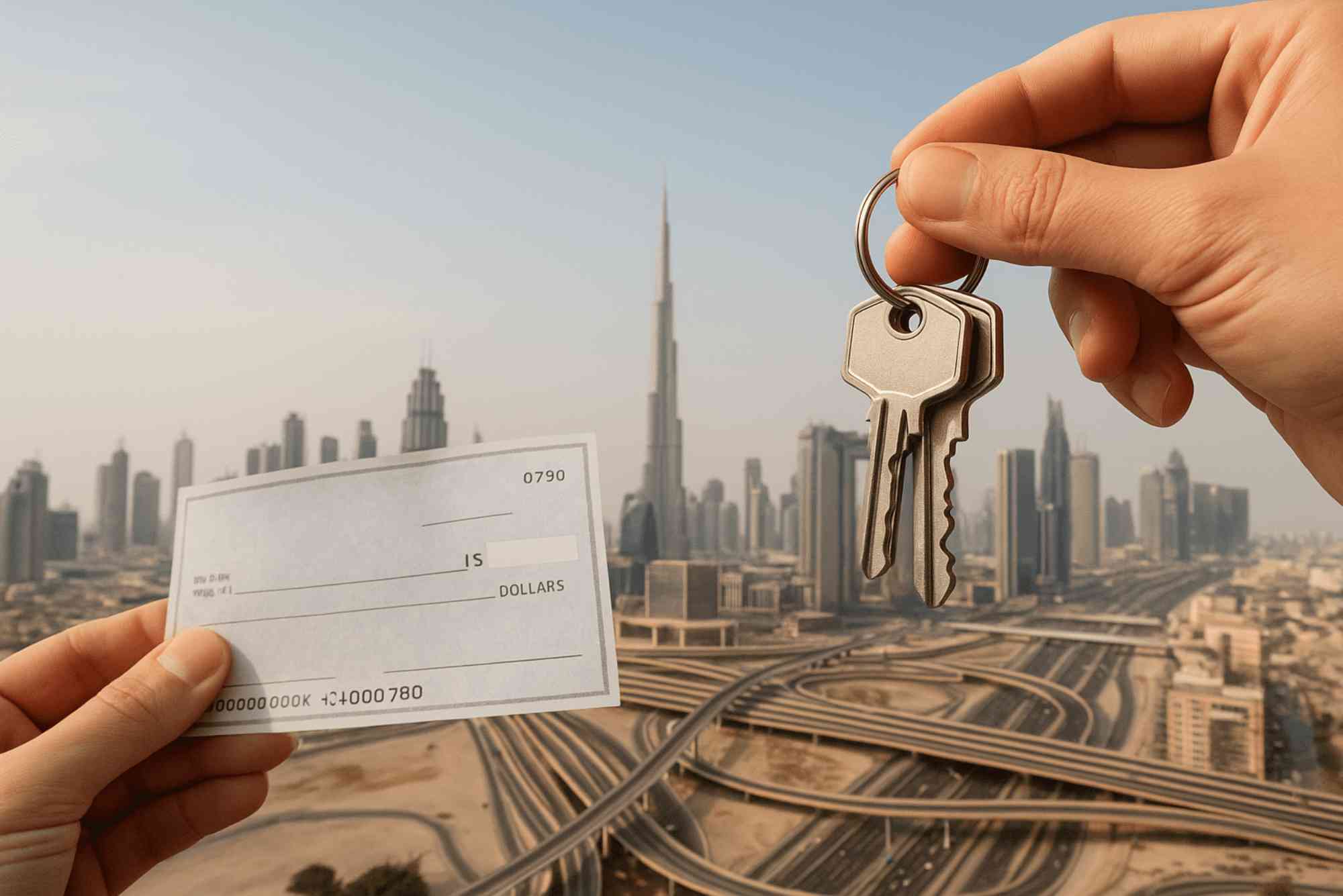As the sun sets over the shimmering skyline of Dubai, the Burj Khalifa, the world’s tallest building, takes center stage with a breathtaking display of radiant lights. This awe-inspiring spectacle is made possible by a sophisticated system of facade lighting that enhances the architectural marvel, transforming it into an enchanting beacon visible from miles away. In this article, we delve into the fascinating world of facade lighting, uncovering the intricate techniques and technology that illuminate the Burj Khalifa and make it an unforgettable sight in the heart of the United Arab Emirates.
History of the Burj Khalifa
Before we explore the luminous magic that graces the Burj Khalifa, let us briefly revisit the origins of this magnificent structure. Designed by the renowned architectural firm, Skidmore, Owings & Merrill (SOM), the Burj Khalifa stands tall at a staggering height of 828 meters (2,717 feet) and boasts 163 floors. It was officially opened on January 4, 2010, with its iconic shape inspired by traditional Islamic architecture, resembling a spiral minaret.
The Burj Khalifa’s exterior features a fusion of steel, glass, and aluminum, with an innovative architectural design that presents unique challenges and opportunities for facade lighting.
Facade Lighting: The Art of Illumination
Facade lighting, also known as architectural lighting, is an art form that utilizes lighting techniques to accentuate the aesthetic appeal of a building’s exterior. It involves a careful selection of light fixtures, colors, and placement to create a stunning visual display that complements the architecture while ensuring energy efficiency and environmental sustainability.
The engineers and lighting designers behind the Burj Khalifa’s illumination had an arduous task at hand, given its colossal size and intricate design. To meet this challenge, they employed cutting-edge technology and creative ingenuity.
The LED Revolution
The Burj Khalifa’s facade lighting system heavily relies on Light Emitting Diodes (LEDs), which revolutionized the world of lighting due to their energy efficiency and versatility. LEDs consume significantly less power compared to traditional lighting solutions, making them an eco-friendly choice for a building of such grandeur. The implementation of LED technology allowed for precise control of colors, brightness, and patterns, enabling dynamic and captivating lighting displays.
Dynamic Lighting Choreography
The Burj Khalifa’s facade lighting is not a static display but a dynamic show that changes throughout the night, captivating spectators with mesmerizing patterns and sequences. The lighting choreography is carefully orchestrated to synchronize with special events, national holidays, or even spontaneous celebrations.
Advanced control systems meticulously manage the LEDs to create elaborate patterns, flowing waves, and stunning color transitions. These awe-inspiring shows are often accompanied by music, further elevating the experience for onlookers.
The Light Sculptor: Dynamic Lighting Design
A key player in the success of the Burj Khalifa’s facade lighting is the dynamic lighting design, a team of experts responsible for conceptualizing, designing, and executing the lighting displays. This team works closely with the building’s architects and engineers to ensure seamless integration of lighting elements into the structure.
The dynamic lighting design team collaborates with artists, musicians, and event organizers to create a harmonious fusion of light and art during special occasions. They meticulously plan each show, taking into account factors such as weather conditions, audience perspectives, and event themes.
Eco-Friendly Illumination
Despite its dazzling brilliance, the Burj Khalifa’s facade lighting is designed with environmental consciousness in mind. LED technology drastically reduces energy consumption, and the lighting system features sensors that automatically adjust the brightness based on ambient light levels. Additionally, the lighting design adheres to sustainability principles, using minimal resources and contributing to Dubai’s commitment to green initiatives.
The facade lighting of the Burj Khalifa stands as a testament to the brilliance of human engineering and artistic expression. From its birth as a towering architectural wonder to its evening illumination as a radiant masterpiece, the Burj Khalifa exemplifies the seamless integration of advanced technology, creative vision, and environmental responsibility.
Through the interplay of dynamic lighting choreography, energy-efficient LED technology, and the visionary efforts of the dynamic lighting design team, this iconic landmark continues to awe and inspire millions of visitors and residents alike. As Dubai’s crown jewel, the Burj Khalifa and its breathtaking facade lighting will remain a symbol of the city’s unwavering pursuit of excellence and innovation. Don’t forget to visit the world’s biggest mall, Dubai mall.





